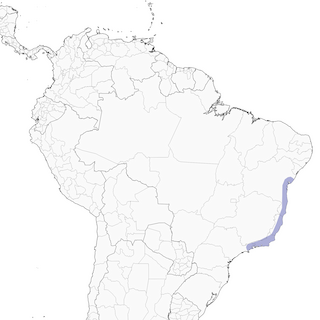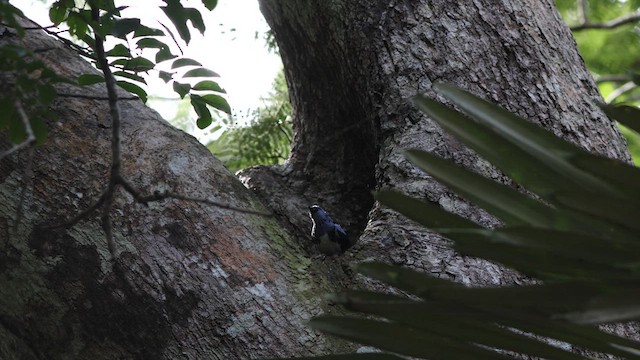White-bellied Tanager Tangara brasiliensis Scientific name definitions
- LC Least Concern
- Names (22)
- Monotypic
Revision Notes
Sign in to see your badges
Species names in all available languages
| Language | Common name |
|---|---|
| Bulgarian | Белокорема танагра |
| Catalan | tàngara ventreblanca |
| Croatian | bahijska tangara |
| Danish | Hvidbuget Turkistangar |
| Dutch | Witbuiktangare |
| English | White-bellied Tanager |
| English (AVI) | White-bellied Tanager |
| English (United States) | White-bellied Tanager |
| French | Calliste à ventre blanc |
| German | Weißbauchtangare |
| Norwegian | hvitbuktanagar |
| Polish | tangarka brazylijska |
| Portuguese (Brazil) | cambada-de-chaves |
| Portuguese (Portugal) | Cambada-de-chaves |
| Serbian | Belotrba tirkizna tangara |
| Slovak | tangara brazílska |
| Spanish | Tangara Ventriblanca |
| Spanish (Ecuador) | Tangara Ventriblanca |
| Spanish (Spain) | Tangara ventriblanca |
| Swedish | vitbukig tangara |
| Turkish | Brezilya Turkuaz Tangarası |
| Ukrainian | Танагра білочерева |
Revision Notes
Guy M. Kirwan revised the account. Arnau Bonan Barfull curated the media.
Tangara brasiliensis
Definitions
- TANGARA
- brasilia / brasiliana / brasilianum / brasilianus / brasiliense / brasiliensis / brasilius
The Key to Scientific Names
Legend Overview
Full content is available exclusively to Birds of the World subscribers. Sign in Learn more
Introduction
With its metallic turquoise-blue face and breast, this species is easily identified within its range, but Tangara brasiliensis takes its English name from the white belly, which is the principal and most obvious difference from the formerly conspecific Turquoise Tanager (Tangara mexicana) of Amazonia. Like the latter, it occurs in humid lowland forest, forest edges, restinga (coastal woodland on white sand), and taller second growth, mainly at elevations below 500 m, but its distribution is entirely allopatric, being endemic to the Atlantic Forest region of coastal southeast Brazil, from eastern Bahia south to northern Rio de Janeiro. Like most tanagers, this species principally feeds on fruit, but will also glean for insects on small, thin twigs, and usually moves in small flocks. However, despite being fairly common across its range, virtually all aspects of the species’ natural history are very poorly known, with no information on such topics as age at first breeding, life span and survivorship, dispersal, population regulation, molts, territoriality, sexual behavior, or almost any aspect of its breeding biology.

- Year-round
- Migration
- Breeding
- Non-Breeding















































